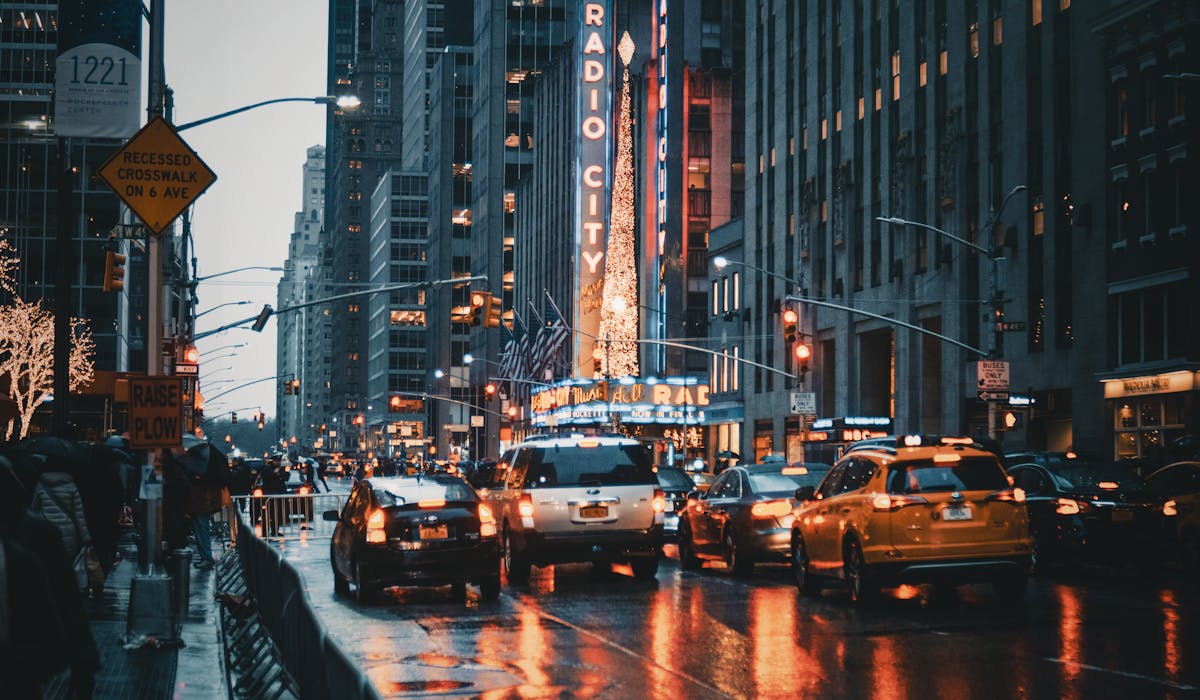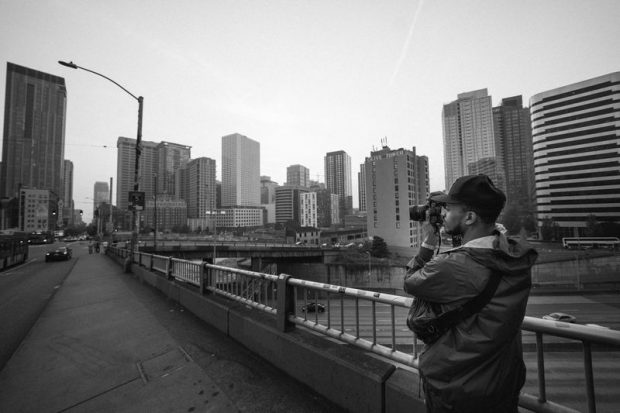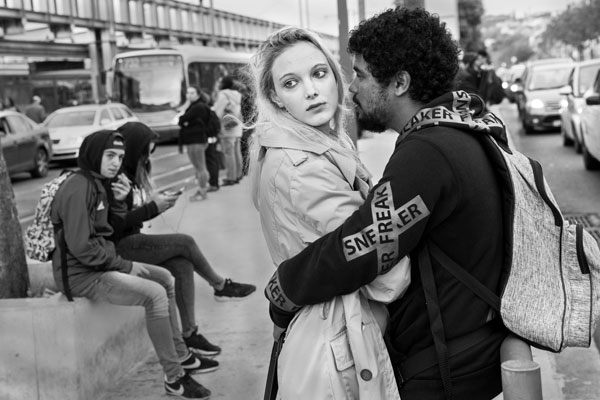Framing Streets - Truths
Framing Streets - Truths
Blog Article
The Best Strategy To Use For Framing Streets
Table of ContentsThe Ultimate Guide To Framing StreetsThe Single Strategy To Use For Framing StreetsThe Ultimate Guide To Framing StreetsThe Greatest Guide To Framing StreetsThe smart Trick of Framing Streets That Nobody is DiscussingIndicators on Framing Streets You Need To Know
, typically with the goal of capturing images at a definitive or touching minute by mindful framing and timing. https://www.merchantcircle.com/blogs/framing-streets-miami-fl/2024/1/Framing-Streets-Mastering-the-Art-of-Street-Photography/2635395.
, who was motivated to undertake a similar documents of New York City. As the city created, Atget helped to promote Parisian streets as a worthy subject for digital photography.

An Unbiased View of Framing Streets
Between 1946 and 1957 Le Groupe des XV every year exhibited work of this kind. Andre Kertesz. Circus, Budapest, 19 May 1920 Road photography created the major web content of two exhibits at the Gallery of Modern Art (Mo, MA) in New york city curated by Edward Steichen, 5 French Photographers: Brassai; Cartier-Bresson, Doisneau, Ronis, Izis in 1951 to 1952, and Post-war see this European Photography in 1953, which exported the idea of road photography globally.

The Greatest Guide To Framing Streets
The recording device was 'a covert video camera', a 35 mm Contax hidden underneath his layer, that was 'strapped to the upper body and linked to a long cable strung down the appropriate sleeve'. His job had little modern effect as due to Evans' sensitivities regarding the creativity of his task and the privacy of his subjects, it was not released until 1966, in the book Lots of Are Called, with an intro composed by James Agee in 1940.
Helen Levitt, then an educator of children, connected with Evans in 193839. She documented the temporal chalk illustrations - Street photography hashtags that belonged to kids's street society in New York at the time, as well as the youngsters who made them. In July 1939, Mo, MA's brand-new photography area consisted of Levitt's operate in its inaugural eventRobert Frank's 1958 book,, was considerable; raw and commonly indistinct, Frank's pictures examined conventional photography of the time, "tested all the official regulations laid down by Henri Cartier-Bresson and Pedestrian Evans" and "contradicted the wholesome pictorialism and sincere photojournalism of American magazines like LIFE and Time".
Report this page